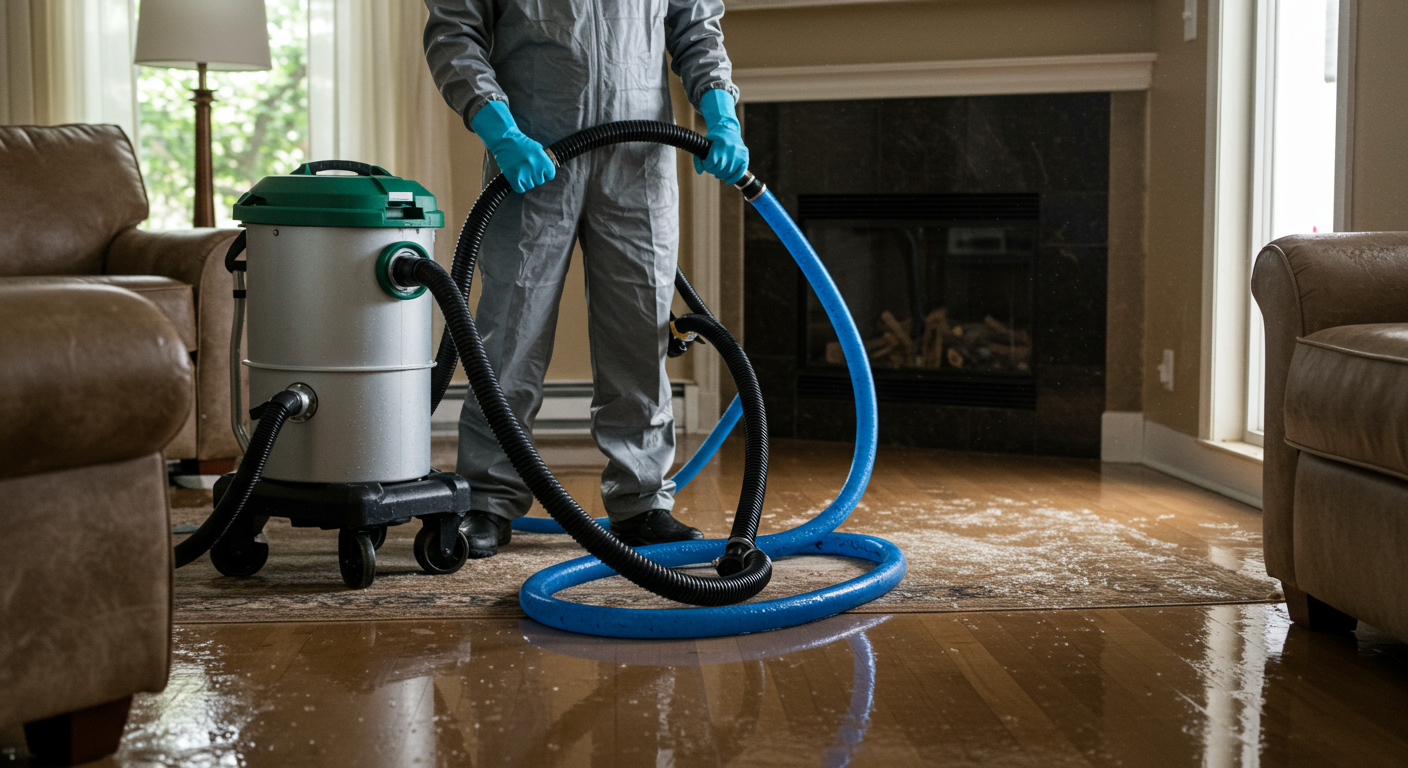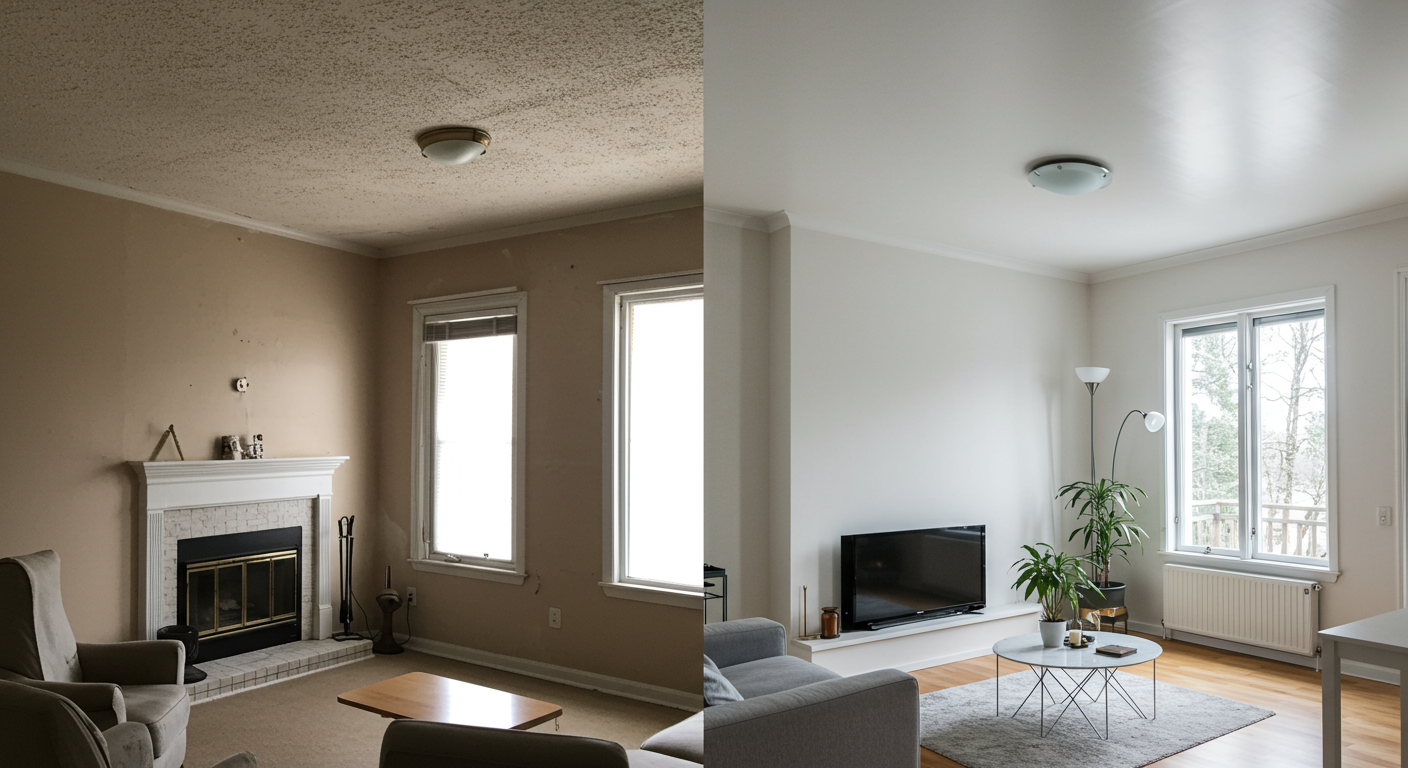Water damage can strike unexpectedly, leaving homeowners in Los Angeles, CA, scrambling to protect their property and navigate the restoration process. Whether caused by natural disasters, plumbing failures, or other unforeseen events, water damage poses significant risks to your home and health. This comprehensive guide provides essential water damage tips to help you act quickly, minimize damage, and maximize your insurance claims.
Understanding Water Damage: Causes and Types
Common Causes of Water Damage in Los Angeles
Los Angeles homeowners face unique challenges when it comes to water damage. Seasonal rains, aging infrastructure, and occasional flooding can wreak havoc on properties. Burst pipes, leaking roofs, and malfunctioning appliances are also common culprits. Understanding these causes can help you take preventive measures, such as regular maintenance and inspections, to safeguard your home.
Types of Water Damage: Clean, Gray, and Black Water
Water damage is categorized into three types: clean, gray, and black water. Clean water originates from sources like broken pipes or rainwater and poses minimal risk. Gray water, from appliances or sinks, contains some contaminants. Black water, the most hazardous, includes sewage or floodwater and requires immediate professional intervention. Identifying the type of water damage is crucial for determining the appropriate restoration steps.
Immediate Actions to Take After Water Damage
Safety First: What to Do Immediately
The first priority after water damage is ensuring safety. Turn off the electricity to prevent electrical hazards and avoid entering flooded areas. If the damage is extensive, evacuate your home and contact emergency services. Quick action can prevent further damage and protect your family from potential health risks.
Documenting Damage for Insurance Claims
Proper documentation is essential for filing insurance claims. Take clear photos and videos of the affected areas, including damaged furniture, walls, and flooring. Create a detailed inventory of damaged items, noting their value and condition. This evidence will support your claim and increase the likelihood of receiving adequate compensation.
The Water Damage Restoration Process
Step-by-Step Guide to Effective Restoration
Restoring your home after water damage involves several critical steps:
- Water Removal: Use pumps or wet vacuums to extract standing water.
- Drying and Dehumidifying: Employ fans and dehumidifiers to eliminate moisture.
- Cleaning and Sanitizing: Disinfect surfaces to prevent mold and bacteria growth.
- Repairs and Restoration: Replace damaged materials and restore your home to its original condition.
Each step requires precision and care to ensure your home is safe and habitable.
Importance of Professional Help in Restoration
While DIY efforts can address minor issues, severe water damage demands professional expertise. Restoration companies have the tools and knowledge to handle complex situations, including mold remediation and structural repairs. Hiring professionals ensures a thorough and efficient recovery process, saving you time and stress.

Navigating Insurance Claims for Water Damage
Tips for Maximizing Your Insurance Claim
Maximizing your insurance claim requires a proactive approach:
- Review Your Policy: Understand your coverage and exclusions.
- Notify Your Insurer Promptly: Report the damage immediately to initiate the claims process.
- Hire a Public Adjuster: Consider hiring a public adjuster to negotiate on your behalf.
- Keep Receipts: Save receipts for temporary repairs and additional living expenses.
These steps can streamline the claims process and ensure you receive fair compensation.
Common Mistakes to Avoid When Filing Claims
Avoiding common mistakes can prevent delays or denials in your claim:
- Failing to Document Damage: Incomplete documentation weakens your claim.
- Delaying Repairs: Waiting too long to address damage can worsen the situation.
- Ignoring Policy Details: Overlooking policy terms can lead to misunderstandings with your insurer.
By staying informed and organized, you can navigate the claims process with confidence.
Water damage is a serious issue that requires immediate attention and careful planning. By understanding the causes and types of water damage, taking swift action, and following a structured restoration process, you can protect your home and health. Additionally, navigating insurance claims effectively ensures you receive the support you need to recover fully. For expert assistance, consider reaching out to reliable water restoration services in Los Angeles. Don’t wait—act now to safeguard your property and peace of mind.


